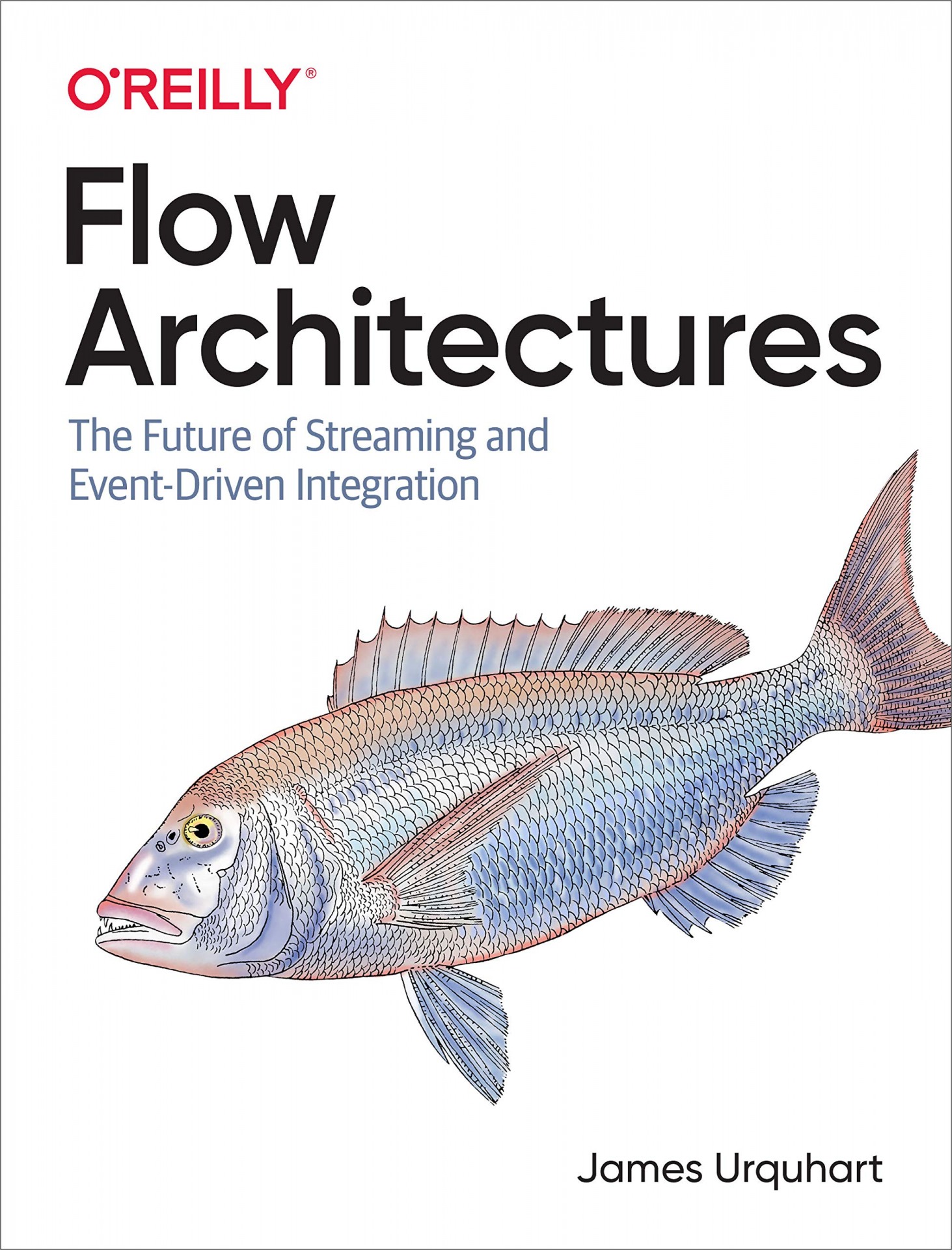Flow Architectures: The Future of Streaming and Event-Driven Integration
Flow Architectures: The Future of Streaming and Event-Driven Integration
Software development today is embracing events and streaming data, which optimizes not only how technology interacts but also how businesses integrate with one another to meet customer needs. This phenomenon, called flow, consists of patterns and standards that determine which activity and related data is communicated between parties over the internet.This book explores critical implications of that evolution: What happens when events and data streams help you discover new activity sources to enhance existing businesses or drive new markets? What technologies and architectural patterns can position your company for opportunities enabled by flow? James Urquhart, global field CTO at VMware, guides enterprise architects, software developers, and product managers through the process.Learn the benefits of flow dynamics when businesses, governments, and other institutions integrate via events and data streamsUnderstand the value chain for flow integration through Wardley mapping visualization and promise theory modelingWalk through basic concepts behind today’s event-driven systems marketplaceLearn how today’s integration patterns will influence the real-time events flow in the futureExplore why companies should architect and build software today to take advantage of flow in coming years
$14.99
10 in stock


Secure Payments
Pay with the worlds payment methods.

Discount Available
Covers payment and purchase gifts.

100% Money-Back Guarantee

Need Help?
(484) 414-5835
Share Our Wines With Your Friends & Family
Description
Additional information
| Best Sellers Rank | #221,553 in Kindle Store (See Top 100 in Kindle Store) #16 in Digital Audio Editing #26 in Systems Architecture #32 in Interactive & Multimedia Technology |
|---|---|
| Customer Reviews | /* * Fix for UDP-1061. Average customer reviews has a small extra line on hover * https |
OUR BEST COLLECTION OF COURSES AND BOOKS






Reviews
There are no reviews yet.